As Hurricane Milton moves toward Florida’s Gulf Coast, people are preparing for what experts say could be the worst storm in over 100 years. With huge storm surges and strong winds expected, the region is on high alert, and evacuation orders are being issued.
Hurricane Milton is gaining strength fast, and experts warn it could be one of the most dangerous storms in recent times. Many areas are already vulnerable due to past storms, increasing the risk of widespread damage and flooding.
Evacuation orders are in place, and officials are urging people to take the storm seriously and prepare for life-threatening conditions. Safety is the main focus as the storm approaches, and the next few days will be crucial for those in its path.
### Hurricane Milton: A Record-Breaking Storm
Hurricane Milton has grown into a Category 5 storm, one of the most dangerous types on the Saffir-Simpson scale. With winds over 157 mph, it could cause massive destruction along its path.

The National Hurricane Center warns that homes could be destroyed, trees and power lines will fall, and some places might not be livable for weeks or even months. They said, “A high percentage of framed homes will be destroyed, with total roof failure and wall collapse.”

Storm surges could be especially bad, with water levels rising up to 12 feet in some areas. This could be the worst surge the Tampa Bay area has seen in nearly 100 years. Just weeks ago, Hurricane Helene caused floods with an 8-foot water surge.
Milton is expected to bring even worse flooding. While the storm may weaken to a Category 3 by the time it hits Florida, it will still be dangerous. With winds up to 129 mph, even strong homes could suffer major roof damage, and trees are likely to be uprooted.

Many are comparing Milton to past hurricanes like Irma (2017) and Betsy (1965). But what makes Milton particularly dangerous is the debris left behind by Hurricane Helene, which could worsen the damage.
### Warnings from Officials: The Call to Evacuate
As the hurricane nears, local authorities are giving strong warnings to people in at-risk areas. Tampa Mayor Jane Castor warned, “[If you] stay in one of those evacuation areas, you’re gonna die.”

She said that while past storms like Hurricane Helene were bad, Milton could bring destruction on a whole new level. Pinellas County Sheriff Bob Gualtieri echoed this, calling for the largest evacuation since Hurricane Irma in 2017.
“This is going to be bad. Everyone just needs to get out,” he said. Governor Ron DeSantis also spoke of the risks, saying, “There are areas with a lot of debris… if hit by a major hurricane, it’s going to dramatically increase damage.”

Evacuation orders are in place, and local authorities stress that those who don’t leave will be on their own when the storm hits. Many who stayed behind in past hurricanes are now taking these warnings seriously.
### Evacuation Efforts in Full Swing
With Hurricane Milton approaching Florida’s Gulf Coast, evacuation efforts are in motion. Local authorities have ordered mandatory evacuations for several coastal communities, urging people to leave before it’s too late.
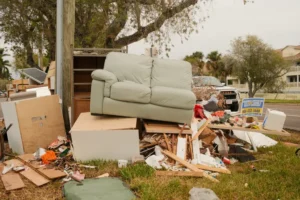
Traffic is heavy on highways as thousands of residents move inland to escape the storm. On Interstate 75, northbound lanes were packed with cars heading toward the Florida Panhandle.
Others sought shelter in places like Fort Lauderdale and Miami, which are expected to be less affected. Meanwhile, southbound lanes were nearly empty. Communities hit hard by past storms aren’t taking chances this time.
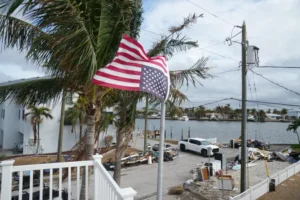
In Fort Myers Beach, a town devastated by Hurricane Ian two years ago, streets were empty as residents packed up and left, with only a few people staying behind to secure their homes.
Those who remember the severe flooding caused by Ian’s 15-foot storm surge know the danger is real and are taking steps to avoid a repeat of past tragedies.
As Hurricane Milton nears, people in high-risk areas need to know their evacuation zones and routes. The Florida Division of Emergency Management has a “Know Your Zone” tool, helping residents find their zone by entering their address.

This tool is especially important as evacuation orders continue to come for coastal areas along the Gulf Coast. Several counties are advising residents to check both their evacuation and storm surge zones.
Counties like Hillsborough, Pinellas, Manatee, and Pasco have issued immediate evacuation orders for areas most at risk. Coastal communities in these regions must evacuate quickly.
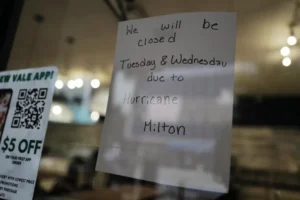
Other counties, like Polk and Highlands, don’t have mandatory evacuations but recommend sheltering in place. Sarasota, Citrus, and Hernando counties are also monitoring storm surge zones for possible evacuations.
Officials emphasize the importance of knowing your evacuation zone and finding the nearest shelters and safe routes. Those who stay may face the full force of the storm, with emergency services likely unavailable once conditions worsen.
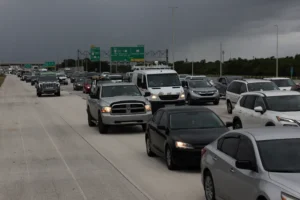
The “Know Your Zone” map offers an easy way for residents to plan their safest escape route. By using this resource and acting quickly, people can protect themselves and their families from Hurricane Milton’s potential devastation.
On Christmas Night, a Pregnant Woman About to Give Birth Knocked on Our Door – I Went Pale Upon Discovering Who She Really Was

It was a peaceful Christmas night until a desperate knock shattered the calm. A young, pregnant woman stood shivering in the snow. Her chilling words, “Let your husband explain,” turned my world upside down.
The house was peaceful that Christmas night. The smell of gingerbread lingered in the air, and the twinkling lights on the tree cast a warm glow in the living room.

A Christmas home | Source: Pexels
Mark sat on the couch, engrossed in his new PlayStation game. The kids were upstairs, sound asleep after an exciting day of presents and treats. I stood in the kitchen, washing the last of the dinner plates.
For once, everything felt perfect.
Then came the knock at the door.
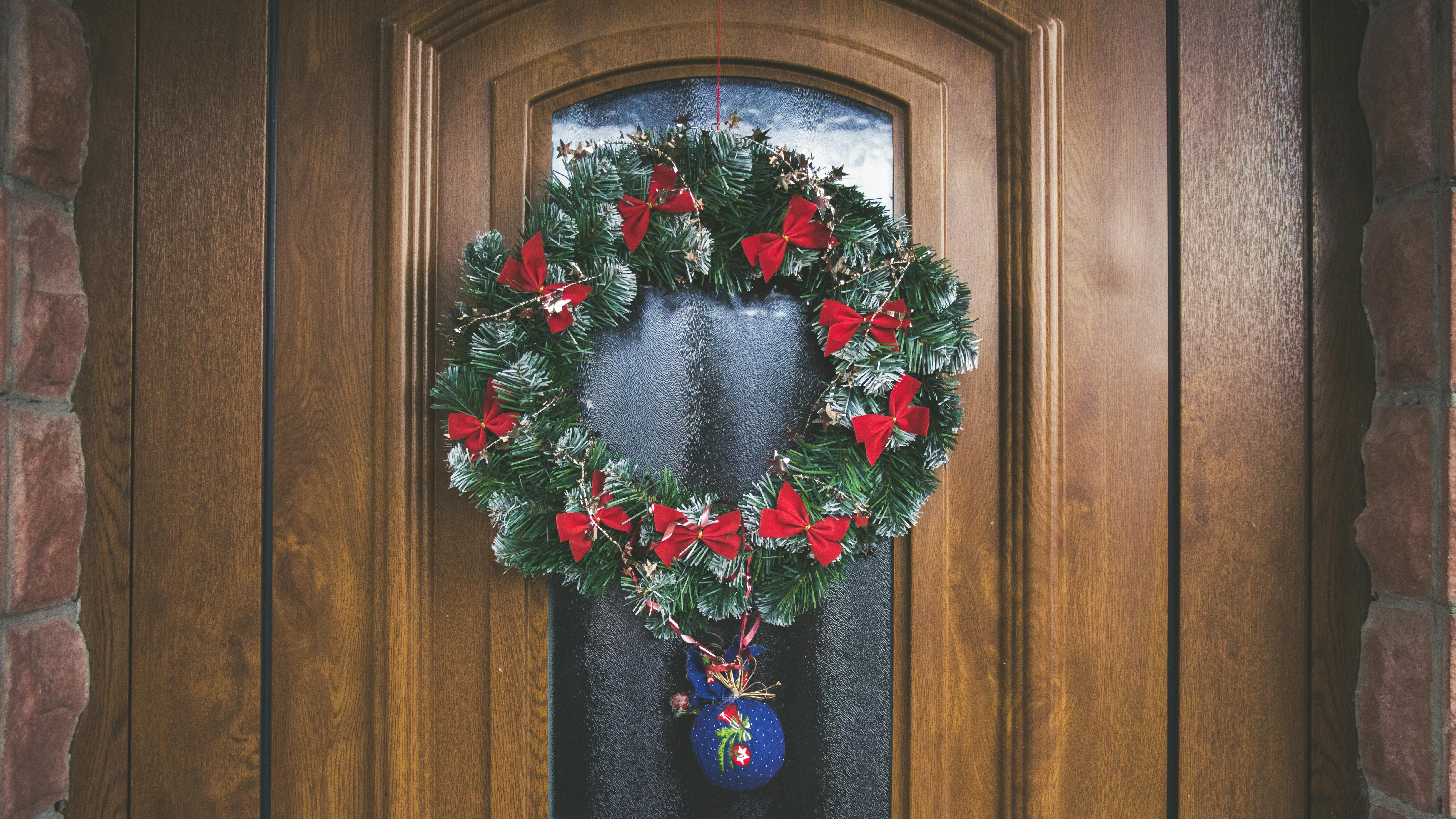
A decorated door | Source: Pexels
I froze, sponge in hand, and tilted my head toward the sound. Who could it be? It was nearly midnight, and the snow outside was coming down hard. My first thought was the neighbors, but why would they come so late?
“Mark?” I called, but he didn’t look up. “Did you hear that?”
“What?” he replied, eyes glued to the screen.

A man playing a game | Source: Pexels
“There’s someone at the door.”
He shrugged, his fingers moving on the controller. “Probably a package. Just leave it.”
“On Christmas night?” I grabbed my coat from the hook near the door. “I’ll check.”

A woman looking to her side | Source: Midjourney
The icy wind hit me first, sharp and biting when I opened the door. Then I saw her — a young woman, shivering so hard she looked like she might collapse. Snow clung to her hair and coat, and her lips were nearly blue.
“Please,” she said, her voice trembling. “I… I need help. I’m about to give birth. Please, take me to a hospital.”

A young scared woman | Source: Midjourney
I stared at her, unsure what to do. “Are you alone? How did you get here?”
She winced and held her belly. “I got lost… I couldn’t make it to the hospital.”
“Who are you?” I asked, stepping aside so she could come out of the cold.

A concerned woman on her doorstep | Source: Midjourney
She looked me in the eyes, her face pale and serious. “Let your husband explain. He thought he could get rid of me.”
The words hit me like a punch to the chest. My stomach tightened, but I didn’t have time to process them. “Come in,” I said quickly. “Sit down. You’re freezing.”
I led her to the couch and grabbed a blanket from the chair. “Stay here. I’ll get Mark.”

A woman sitting on her couch | Source: Midjourney
“Mark!” I called, my voice sharp now. “Come here. You need to see this.”
“Fine,” he muttered, setting down the controller and walking over. The moment his eyes landed on her, his face turned ghost-white.
“What… what are you doing here?” His voice cracked.
“I finally found you,” the woman said, her tone biting. “And you can’t just walk away this time.”

A shocked man | Source: Pexels
I looked between them, confusion growing in my chest. “Mark, who is this? Do you know her?”
Mark swallowed hard and ran a hand through his hair. “Claire, I can explain—”
The woman cut him off. “Explain? Don’t you dare. You left me and my mom. You abandoned us, and now you’re here playing house like nothing ever happened.”
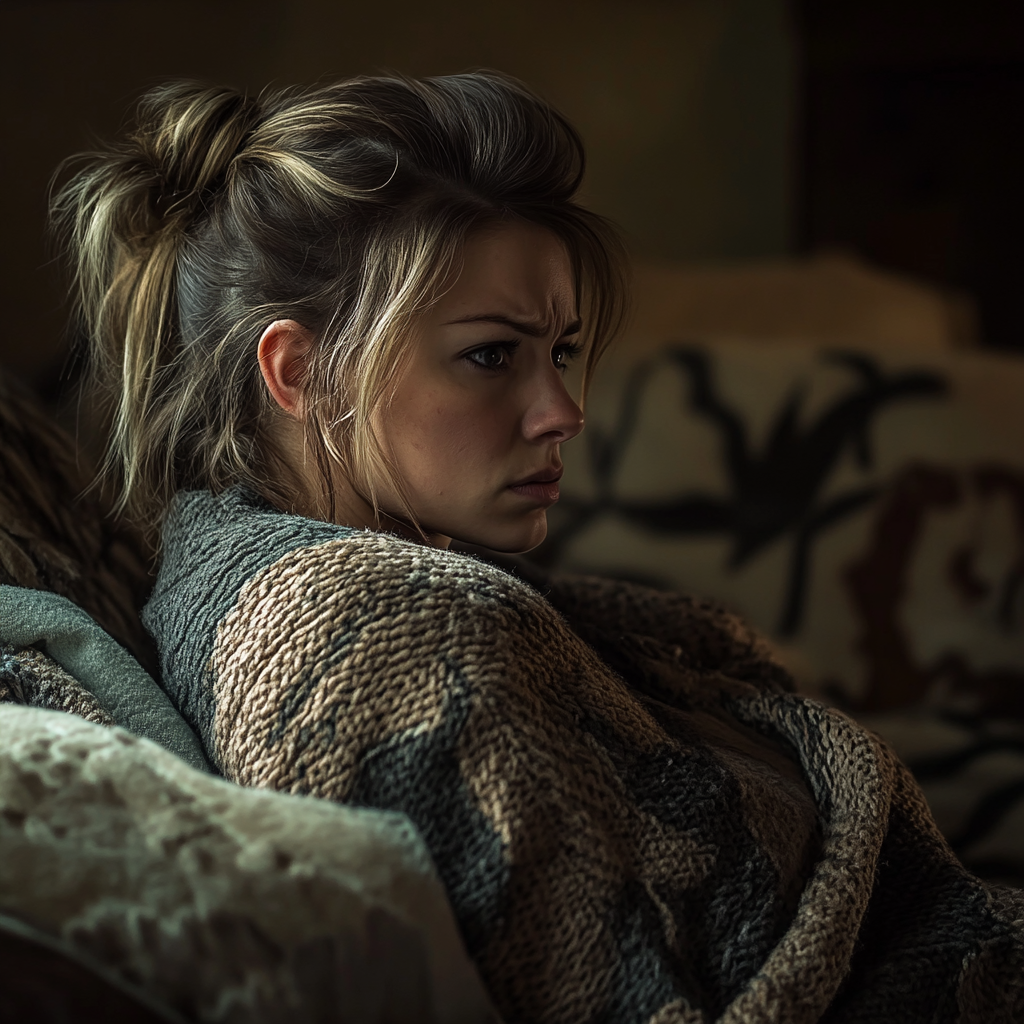
An angry woman | Source: Midjourney
“Wait,” I said, holding up a hand. “What is she talking about? Mark, who is she?”
Mark sighed, avoiding my gaze. “She’s… my daughter. From before we met.”
“Your what?” I took a step back, the words not sinking in.
The woman glared at him. “Yeah, your daughter. The one you left behind when I was six. The one you pretended didn’t exist.”

A woman arguing with her husband | Source: Midjourney
“Stop,” Mark said, his voice rising. “I didn’t know you’d come here. I—”
“Of course you didn’t,” she snapped. “You’ve been ignoring me for years. But I wasn’t going to let you keep running.”
I turned to her. “And you came here because…?”

A frowning woman in her living room | Source: Midjourney
“Because he deserves to face me,” she said through gritted teeth. “But also because I need help. I’m having this baby, whether he likes it or not.”
Mark dropped into the armchair, burying his face in his hands. “I didn’t mean for it to happen this way. I thought… I thought I could move on.”
“Move on?” she shouted. “You mean forget about me. Forget about the mess you left behind.”

An upset bald man | Source: Freepik
I shook my head, trying to catch up. “Why didn’t you tell me, Mark? Why didn’t you ever say you had a daughter?”
“I was ashamed,” he whispered. “I didn’t know how to tell you.”
The woman’s voice softened, but her pain was clear. “You were ashamed? That’s why I grew up without a father?”

An upset woman on her couch | Source: Midjourney
The weight of her words hung in the air. I stared at Mark, waiting for him to explain himself, but he just sat there, silent. The woman shifted on the couch, suddenly wincing in pain.
“We can deal with this later,” I said firmly. “Right now, she needs to get to the hospital.”
The woman locked eyes with me. “Are you going to help me? Or am I on my own again?”

An upset young woman looking up | Source: Midjourney
I grabbed my coat and keys, glancing back at the young woman who was now hunched over on the couch, clutching her belly. She winced, letting out a low groan.
“We’re going to the hospital,” I said firmly, wrapping the blanket tighter around her shoulders. “I’ll drive you myself.”
Mark stood, his hands trembling. “Claire, let me come with you. I should—”

A nervous bald man | Source: Midjourney
“No,” I interrupted, my voice sharp. “You need to stay here.” I stared at him, my anger bubbling beneath the surface. “You need to think about what you’ve done. You’ve hurt both of us, and right now, she’s the one who needs me.”
“Claire, I didn’t mean—”
“Not now, Mark!” I snapped, turning toward the woman. “Let’s go. We’ll figure this out later.”

A woman snapping at her husband | Source: Midjourney
She nodded weakly, and I helped her to her feet. As we made our way to the car, the snow whipped around us, stinging my face. I opened the passenger door and helped her adjust the seat so she could lean back.
“Thank you,” she whispered, her breath fogging the air.
I climbed into the driver’s seat, gripping the wheel tightly. “You’re welcome,” I said, though my voice wavered. “You’re not alone in this.”

A determined woman driving | Source: Midjourney
The roads were slick with ice, and the wind howled as I drove. My knuckles were white against the steering wheel, not just from the treacherous conditions but from the storm inside me.
“You okay back there?” I asked, glancing at her through the rearview mirror.
“Yeah,” she muttered, though her face told a different story.

A young woman in pain in the backseat of the car | Source: Midjourney
The silence between us was heavy. My mind churned with questions and emotions I couldn’t untangle. How had Mark kept such a huge secret? How could he abandon his child? And now, here she was, carrying a baby into a world that had already let her down.
“I don’t even know your name,” I said, finally breaking the quiet.
She looked up, her face pale but determined. “Emma.”

A young woman in pain | Source: Midjourney
“Emma,” I repeated softly. “I’m Claire.”
She nodded. “You’re… kind. I wasn’t sure what to expect when I knocked on your door.”
“Well, I’m still trying to wrap my head around all this,” I admitted. “But whatever happened with Mark, it’s not your fault. And I’m not going to hold it against you.”

A woman driving a car | Source: Midjourney
Her lips quivered, and she looked away. “Thanks,” she whispered.
By the time we reached the hospital, Emma’s contractions had grown stronger. I waved down a nurse as soon as we entered the emergency room.
“She’s in labor,” I said quickly.
The nurse nodded, grabbing a wheelchair. “We’ll take her from here.”

A nurse looking at a chart | Source: Pexels
I turned to Emma. “I’ll stay,” I promised. “You’re not doing this alone.”
Her eyes filled with tears, and she gave a small nod.
The next hours were a blur. I stayed by Emma’s side, holding her hand as she gritted her teeth through each contraction. She squeezed so hard, I thought my fingers might break, but I didn’t let go.

A woman giving birth | Source: Freepik
“You’re doing great, Emma,” I said, brushing a strand of damp hair from her face. “Just a little longer.”
Her cries of pain filled the room, but she pushed through, determined. Finally, a piercing cry cut through the tension.
“It’s a boy,” the doctor announced, holding up a tiny, squirming bundle.
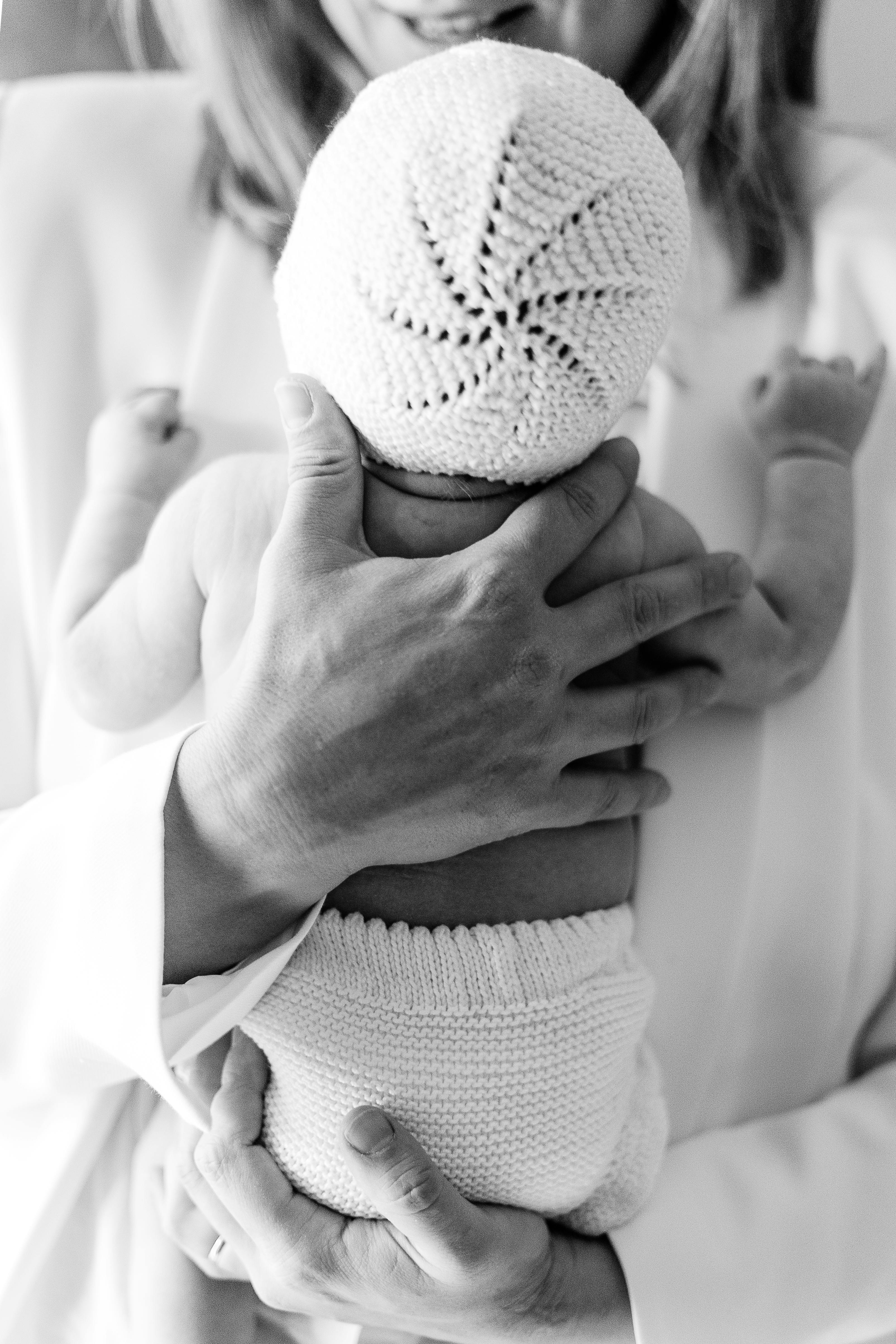
A woman and her newborn | Source: Pexels
Emma sobbed, reaching out for her baby. I watched as the nurse placed him in her arms. His face was pink and wrinkled, his cries softening as Emma held him close.
When I got home, the house was quiet. Mark was sitting in the living room, staring at the darkened TV screen. He looked up as I walked in, his face full of guilt.
“How is she?” he asked softly.
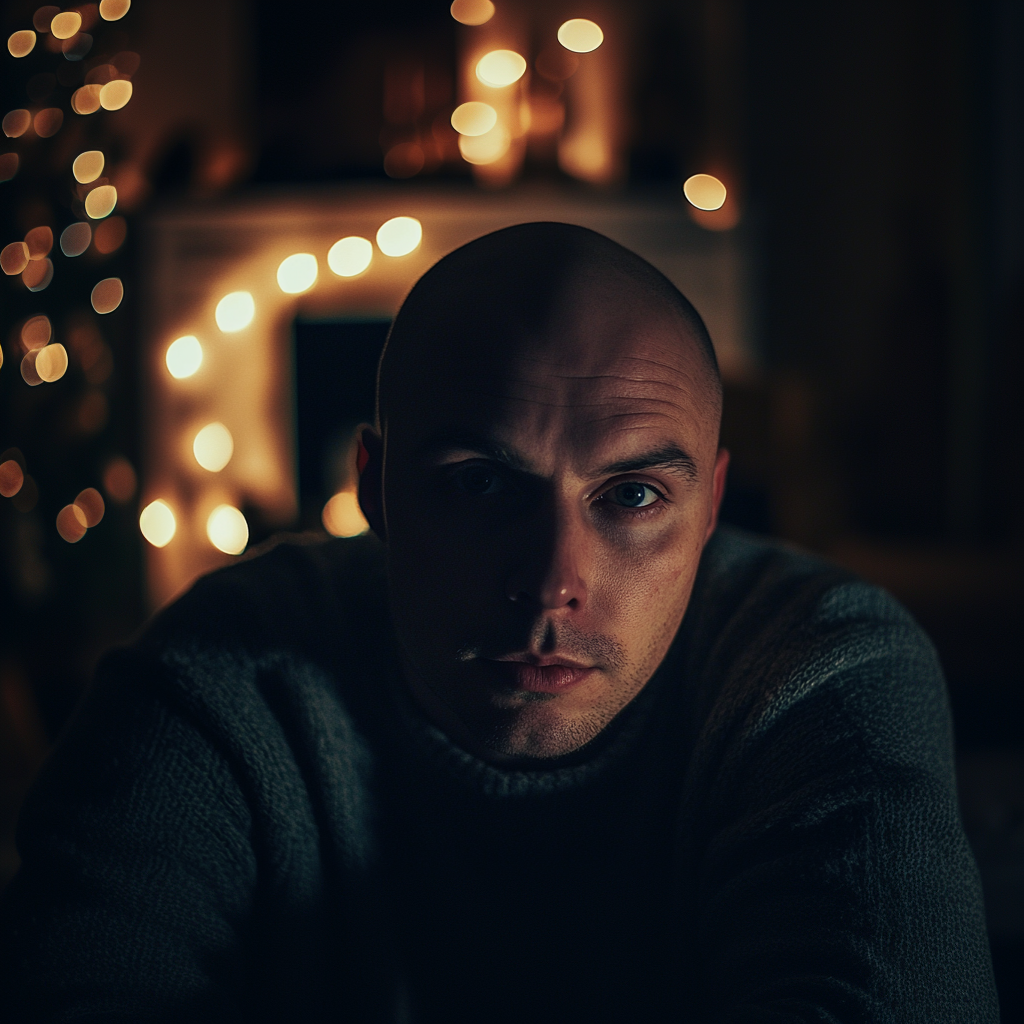
A guilty looking man in his living room | Source: Midjourney
“She had a baby boy,” I said, my voice flat. “She’s strong. Stronger than you.”
“Claire—”
“No,” I cut him off. “I need answers, Mark. How could you keep something like this from me? From us?”

A couple having a serious talk | Source: Midjourney
“I was scared,” he admitted, his voice breaking. “I was young, and I made mistakes. I didn’t know how to face them. And when we started our life together, I thought… I thought I could leave it behind.”
“But you didn’t leave it behind,” I said sharply. “You left her behind. And now she’s here, with your grandson. You have to fix this, Mark. You owe her that much.”
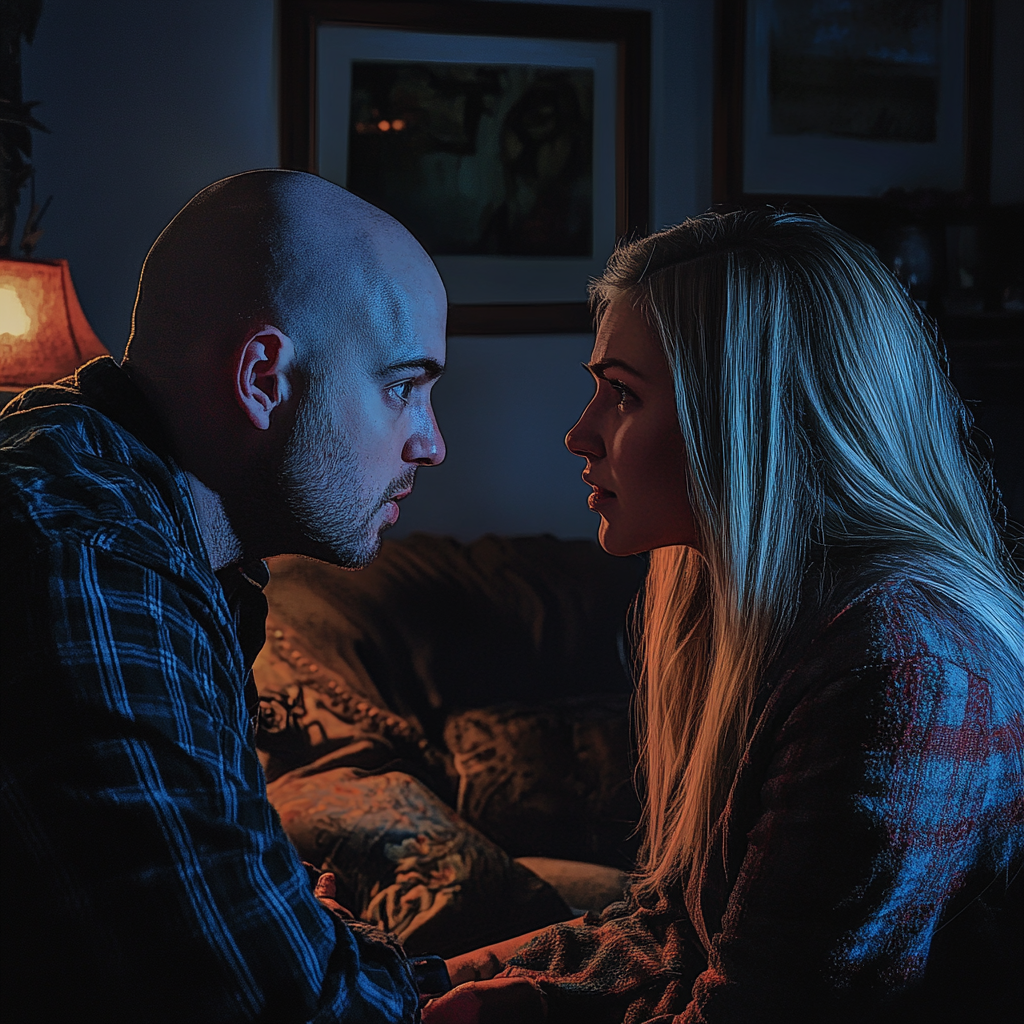
A serious talk | Source: Midjourney
He nodded with tears in his eyes. “I will. I promise.”
“You’d better,” I said, heading upstairs. “Because she deserves better and I believe you.”
As I lay in bed that night, I thought about Emma and the baby. Life had changed in a way I never saw coming, but for the first time, I felt a glimmer of hope.

A smiling hopeful woman | Source: Midjourney
Sometimes, the hardest truths bring the biggest chances for growth. And I was ready to embrace them.
Liked this story? Consider checking out this one: A family summer visit turned chaotic when Lisa’s once-polite stepson, Jake, transformed into a rebellious teen, creating turmoil in their household. The final straw came when Lisa discovered money missing from her wallet, pushing her to take drastic action.
This work is inspired by real events and people, but it has been fictionalized for creative purposes. Names, characters, and details have been changed to protect privacy and enhance the narrative. Any resemblance to actual persons, living or dead, or actual events is purely coincidental and not intended by the author.
The author and publisher make no claims to the accuracy of events or the portrayal of characters and are not liable for any misinterpretation. This story is provided “as is,” and any opinions expressed are those of the characters and do not reflect the views of the author or publisher.
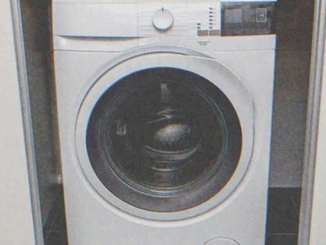


Leave a Reply